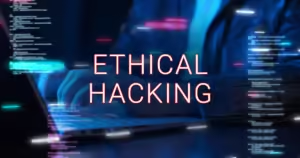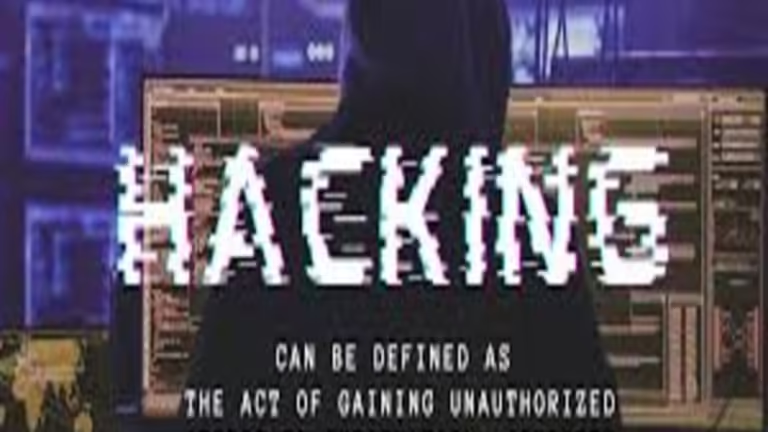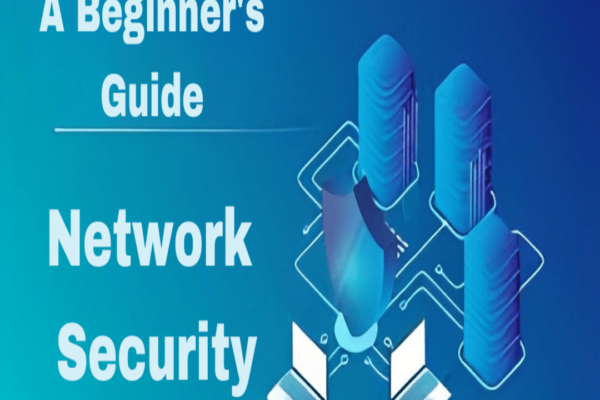Hacking in the current generation is usually associated with hackers, criminal’s intruding into systems to obtain information. However, hacking is not limited to such invasions only but a broad term covering a lot more than this. As we progress in this cybersecurity tutorial, the let’s take a look on what hacking is all about, different forms and its implications on the cybersphere.
Cyber hacking or hacking is the act of penetrating or breaking into other people’s computers or devices or networks in a bad way. Typically, people’s image of a hacker is a bad person who infiltrates an organization’s computer security to steal information, but not all hackers are necessarily criminals. For instance, a computer literate person downloading and modifying a cellphone to have function unique programs is also hacking.
Types of Hacking
Hacking can be broadly categorized into three types based on the hacker’s intent: , criminal hacking or malicious hacking, white hat hacking, and other types of hacking.
Malicious Hacking
They are sometimes called “black hat hackers,” these people strictly use the abilities for unlawful intentions. Their main motivation is monetary and though there are other reasons like revenge or profit of the organization for which one works. Common tactics used by malicious hackers include:
- Data Theft: Theft of PII such as user name and password, credit card numbers, and bank account number and/or routing numbers.
- Social Engineering Attacks: For instance, fraudulent mails and messages that intend to extort sensitive information from the targets.
- Ransomware and Extortion: Locking of a victim’s data or systems with ransomware with intent of extorting the victim.
- Corporate Espionage: Obtaining information that is confidential and belongs to the competitors of the organization.
This black market for cybercriminal activity is a huge business and analysts place it at the third largest economy in the world after the United States of America and China.
Ethical Hacking
White hat hackers employ their talents in enhancing security and not for causing havoc as is the case with black hat hackers. This stop and prevent hackers to launch malignant attacks. Ethical hacking is actually a legal activity and there are many IT professionals who work as ethical hackers in information technology sector as a security consultant or as a staff of any firm.
Key activities include:
- Penetration Testing: Cyber-drills as a way to determine vulnerabilities and apply patches.
- Vulnerability Assessments: Checking for any vulnerabilities in a system and suggesting ways to fix it, if any.
- Threat Intelligence Gathering: Examining malware and other threats as observed and as modeled to identify risks and their solutions.
Ethical hackers are useful for enhancing the safety of organizations’ systems by working as a step forward in front of cybercriminals and defending critical assets.
Other Types of Hackers
There are many subcategories of hackers who do not easily get classified within the two distinct categories of black or white hat hackers. Some notable examples include:
Gray Hat Hackers: This means these hackers gain access to computer systems and networks without the authority, yet with no ill necessary.
The people who use these hacking tools usually pass information to the owners of the systems affected informing them of the weaknesses they have discovered, but more often they may be motivated by a reward.
Hacktivists: Those that hack for specific social or political reason within computer networks. Some of the popular groups include the group called Anonymous that has been in the lime light attacking such institutions like the Russian government, among others.
State-Sponsored Hackers: These hackers are also involved in spying for the governments, sabataging physical structures or data, or spreading fake news. The legal enforcement of their work is usually not definite.
Hacking Tools and Techniques
Specify basic types of tools and techniques depending on the goals and targets of hackers. Common tools include:
- Specialized Operating Systems: More specific operating systems such as the Kali Linux created for penetration testing.
- Credential-Cracking Tools: Software cracks that reveal the passwords as through Brute force attack or any other technique.
- Port Scanners: Programs that scan for open ports in devices to get into the network
- Vulnerability Scanners: These scanners initially look for vulnerabilities that are already familiar to it.
- Malware: Some of the sub types include ransomware, botnet, Trojan and spyware among others.
Notable Hacks and Hackers
Throughout history, several hacks have had significant impacts:
- The 414s: A dozen of young hackers in the nineteen eighties who hacked important systems setting the stage for the Computer Fraud and Abuse Act.
- The Morris Worm: First computer worm that created havoc in the early 1980s in 1988.
- Colonial Pipeline: A recent September 2021 ransomware attack in the Colonial pipeline that affected fuel supply in the US’s East Coast, the attackers demanded a ransom of 5 million US Dollars.
Defending Against Hackers
Organizations can take several steps to protect against hacking:
- Strong Passwords and Multi-Factor Authentication: In an effort to curb access from unauthorized personnel such as fraudsters, hackers, and any form of malicious personnel.
- Cybersecurity Awareness Training: Training the employees to be aware of the social engineering threats and prevent them.
- Patch Management: Updating systems over time to correct issues of the public’s known threats.
- Cybersecurity Software: With the help of firewalls, intrusion prevention systems, antivirus programs, and others that help in detecting as well as preventing threats.
- Ethical Hacking: Hiring hackers who will act in an ethically correct manner and help to identify and rectify loopholes in the security systems.
Conclusion
Cyber criminality is not just about a group of people wearing masks, it is much more complex than that according to hacking. With such forms of hacking, and by putting in place strong security measures they can avoid such incidences in various situations that they find themselves in as they engage in the various activities in the computers in this technological world. Whether it was the self-employments of ethical hackers or the implementation of safer security measures, the public must remain alert and ready to prevent cybercrimes.





